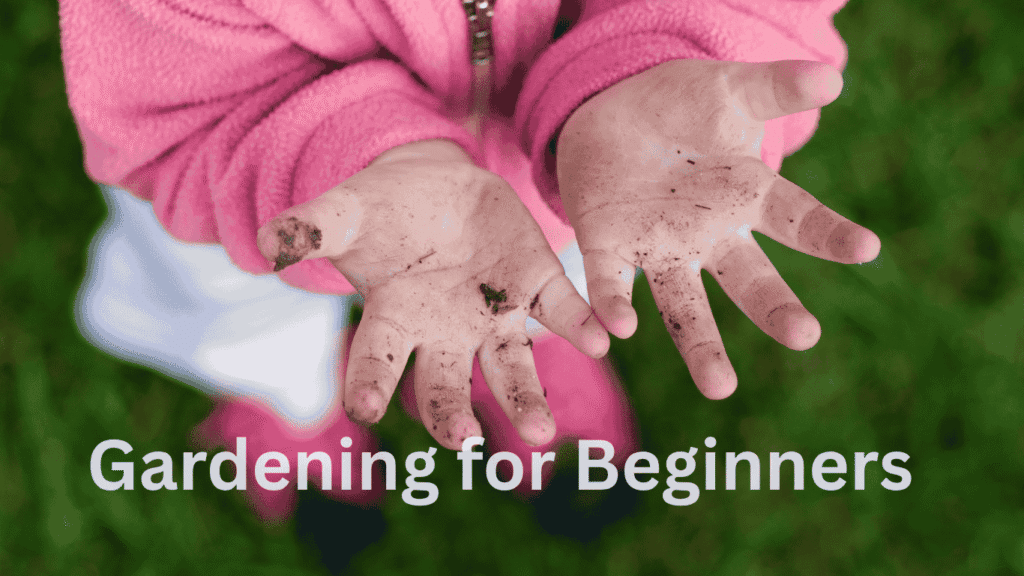Gardening for beginners often starts with simple questions: What should I plant first? How do I prepare the soil? When should I water? Choosing the right plants, understanding your region’s climate, and working with the space you have whether a balcony, small yard, or windowsill are some of the first steps that matter most. Beginners tend to benefit from focusing on easy-to-grow choices like herbs, lettuce, tomatoes, marigolds, or succulents, depending on light availability and local conditions.
Soil preparation, container selection, and watering techniques all vary depending on plant type and climate. In warmer regions like Florida or Southern California, heat-tolerant varieties and well-draining soil are key. In cooler climates, timing and frost protection become more important. Mistakes such as overwatering, planting too densely, or using the wrong soil type are common but easy to avoid with a bit of upfront care.
Starting small helps build confidence. Even one healthy potted plant can teach a lot about light needs, root health, and how often to water. Observing how plants respond week by week builds foundational skills that transfer to larger projects later on. Gardening success often grows from steady observation, small corrections, and understanding that progress is seasonal not instant.
In This Article
Choosing Your Garden Style
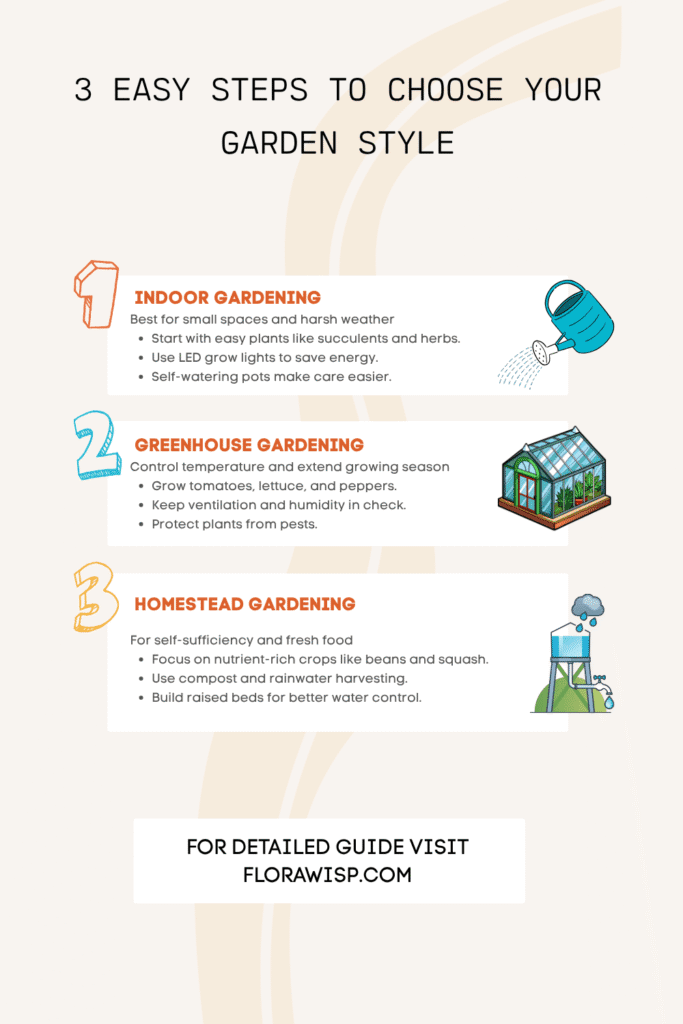
When it comes to gardening for beginners, selecting the right style is essential. Each approach offers unique benefits and challenges, so let’s explore the options tailored to your space, climate, and aspirations.
1. Indoor Gardening for Beginners
Indoor gardening is perfect for those with limited outdoor space or harsh weather conditions. Start small with resilient, low-maintenance plants like succulents, herbs, or even a planted aquarium. Invest in full-spectrum grow lights if natural sunlight is limited. Personally, I found that using LED grow lights not only mimics natural light but also reduces electricity costs. Monitor temperature and humidity, and use self-watering pots to reduce maintenance, especially during busy weeks.
2. Greenhouse Gardening for Beginners
A greenhouse creates a controlled environment, extending the growing season and offering protection from pests and unpredictable weather. For beginners, I recommend tomatoes, lettuce, and peppers, as they adapt well to greenhouse conditions. Remember to maintain proper ventilation and monitor humidity, as excessive moisture can invite fungal diseases. If you’re thinking ahead to outdoor planting, especially in humid regions, be sure to read our guide on Growing Tomato Plants in Florida for tips tailored to that climate. And if you’re considering transitioning your tomato plants outdoors, especially in warm climates, our guide on Planting Tomatoes in Texas offers practical advice on timing and care.
3. Homestead Gardening for Beginners
If you’re dreaming of self-sufficiency, homestead gardening is a fulfilling path. Focus on nutrient-dense crops like beans, squash, and tomatoes. Incorporating composting and rainwater harvesting not only reduces costs but also enriches soil health naturally. I’ve found that creating raised beds filled with compost helps conserve water and reduces weed pressure, making maintenance easier for beginners.
Regional Gardening Insights
Gardening Calendar by USDA Zones
| Zone | Best Time to Plant | Recommended Plants |
| 3-5 | Late Spring (May-June) | Kale, spinach, pansies, radishes, peas |
| 6-7 | Early Spring (March-April) | Lettuce, carrots, tomatoes, basil, marigolds |
| 8-9 | Late Winter to Early Spring | Okra, sweet potatoes, peppers, sunflowers, cucumbers |
| 10-11 | Year-round | Herbs (mint, chives), eggplants, tomatoes, succulents |
Note: Adjust planting times locally based on frost dates and microclimates.
Gardening in Florida for Beginners
Florida’s warm, humid climate offers year-round opportunities for beginner gardeners. Start with heat-tolerant crops like okra, eggplant, and sweet potatoes. They thrive even in the summer. In my experience, mulching with organic materials like pine straw or wood chips helps suppress weeds and retain moisture in Florida’s sandy soils. Be proactive about pest control; pests like aphids and whiteflies are common in humid environments.
Gardening in Texas for Beginners
Texas’ diverse climate zones from humid Gulf Coast to dry Central regions offer unique opportunities. Drought-resistant plants such as black-eyed peas, melons, and sunflowers are excellent for Central Texas. I’ve found that raised beds with well-draining soil and a drip irrigation system greatly improve yields. Incorporating companion planting, like pairing basil with tomatoes, can deter pests naturally.
Gardening in Utah for Beginners
Utah’s arid climate demands water-wise gardening strategies. Native plants like sagebrush, yucca, and serviceberry are both hardy and drought-resistant. Drip irrigation systems are essential for efficient watering. Using mulch, especially gravel mulch helps retain soil moisture and reduce weeds. Personally, I’ve seen great success planting low-water perennials alongside edible crops like chard and zucchini in Utah gardens.
Selecting the Best Plants for Beginners
Companion Planting Chart for Beginner Garden Plants
| Main Plant | Best Companions | Benefits |
| Tomatoes | Basil, marigolds, carrots | Pest deterrence, improved flavor |
| Lettuce | Radishes, cucumbers | Space efficiency, pest control |
| Basil | Tomatoes, peppers | Enhances growth and flavor |
| Marigolds | Most vegetables | Natural pest repellent |
| Succulent | Other drought-tolerant plants | Efficient water use |
Choosing the right beginner garden plants can make your first gardening experience rewarding and enjoyable. Start with herbs like basil, mint, and chives, which thrive both indoors and outdoors and are perfect for indoor gardening for beginners. These herbs do well in containers or raised beds, offering fresh flavors right at your fingertips.
For vegetables, opt for fast-growing, easy-care options such as lettuce, radishes, and cherry tomatoes ideal for tomato gardening for beginners. When planting, consider companion planting: for example, tomatoes grow well with basil and marigolds, which help deter pests naturally. Using square foot gardening or raised beds can maximize space and improve soil drainage, especially in zones 7-9, where warmer climates allow longer growing seasons.
Flower gardeners can brighten their spaces with marigolds and sunflowers, both hardy choices that add color and help keep unwanted insects away. If you’re intrigued by succulent plants for beginners, varieties like jade, aloe vera, and echeveria are low maintenance and perfect for indoor gardening or sunny patios.
In cooler zones 3-5, focus on cold-hardy plants like kale and pansies, while zones 8-10 favor heat-tolerant varieties. My personal tip: start small with container gardens to experiment with layouts and companion planting before expanding. If you’re gardening with little ones, explore fun Gardening Activities for Preschoolers to make the process more engaging for the whole family.
Preparing Your Garden Bed
A successful garden starts with healthy, fertile soil. From my experience, especially in beginner gardening setups, investing time in soil preparation pays off tenfold during the growing season.
Clear the Area:
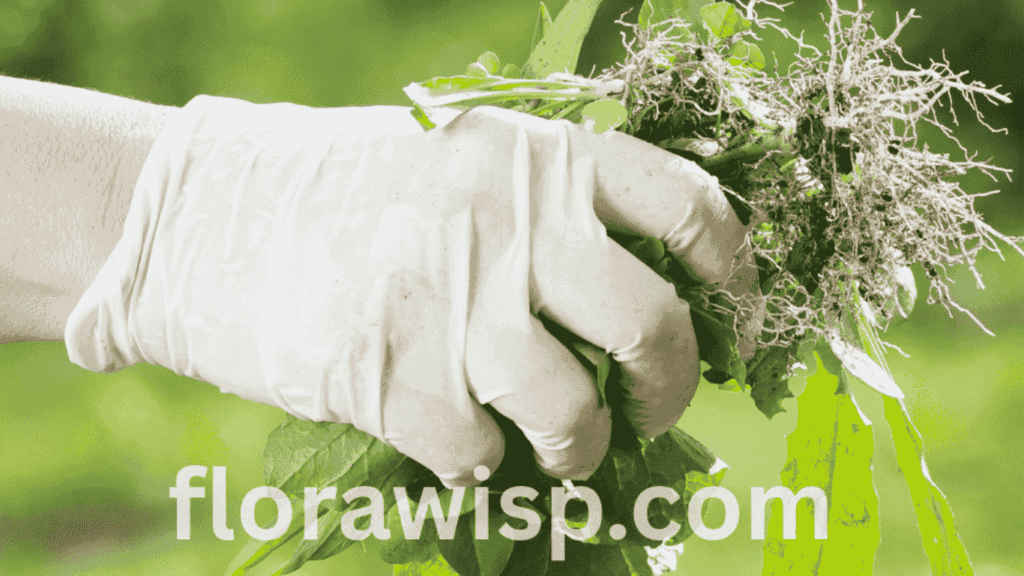
Begin by removing weeds, grass, and debris. This helps prevent competition for nutrients and reduces the risk of pests and diseases.
Test the Soil:
Use a DIY kit or send a sample to your local extension office to determine pH levels and nutrient content. Ideally, most garden plants thrive in a pH range of 6.0 to 7.0. If the pH is too low (acidic), adding lime can balance it. If too high (alkaline), consider incorporating sulfur or peat moss. The Utah State University Extension offers helpful resources for soil testing.
Amend the Soil:
Based on your test results, incorporate specific amendments:
- Compost: Rich in organic matter, improves structure and fertility.
- Aged Manure: Adds nitrogen and microbial life.
- Bone Meal: Supplies phosphorus, ideal for root crops.
- Greensand: Adds potassium and trace minerals.
Additionally, consider sowing cover crops like clover or rye during the off-season. These “green manures” naturally boost soil organic matter, suppress weeds, and fix nitrogen.
Plan Your Layout:
Grouping plants by sunlight and water needs to simplify care. For example, drought-tolerant herbs like rosemary and lavender should be placed together, while moisture-loving vegetables like lettuce and tomatoes can share a zone. Raised beds or square-foot gardening methods can help beginners organize their garden effectively.
When I first started, I underestimated the power of proper soil preparation. After testing my soil and adding lime to correct acidity, my tomatoes and beans flourished, and weeds were much easier to control. Healthy soil truly sets the stage for a successful garden journey!
Flower Gardening Tips for Beginners
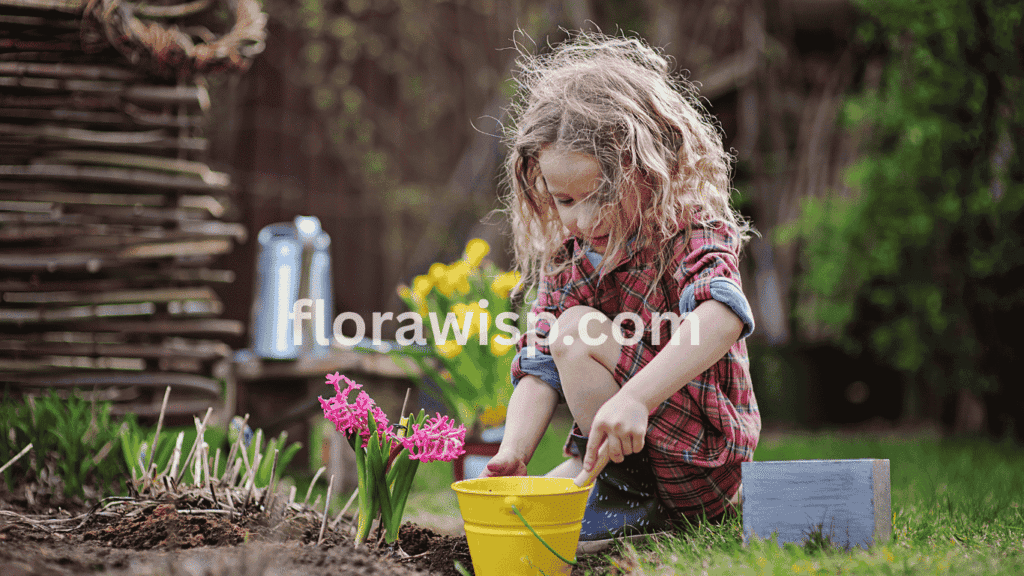
Flower gardening for beginners is a rewarding journey that transforms your space and invites nature’s pollinators. Start small to build confidence. Opt for low-maintenance flowers like marigolds, sunflowers, zinnias, and cosmos. These blooms are not only vibrant but also resilient, tolerating various conditions with minimal care.
Sunlight Matters:
Select a location with at least 6 hours of sunlight daily. Flowers like zinnias and sunflowers thrive in full sun, while impatiens and begonias adapt to partial shade.
Watering Consistency:
Water the plant deeply once or twice a week, depending on weather. Check soil moisture to avoid overwatering.
Regular Maintenance:
Remove dead or faded blooms (deadheading) to encourage continuous flowering. Monitor for pests like aphids and slugs, especially on tender blooms.
When I was beginner
When I was a beginner, I often helped my grandmother in her vibrant garden. One summer, I was tasked with caring for marigolds and sunflowers. At first, I overwatered them, causing them to wilt. My grandmother taught me to “feel the soil” if it’s dry an inch down, water; otherwise, wait. This simple method saved the blooms and sparked my lifelong love for gardening.
Remember, easy flowers like marigolds not only beautify your garden but also deter pests, making them an ideal first choice.
If you’re just starting out, this beginner-friendly guide to planting flowers will walk you through the basics, from choosing the right blooms to soil preparation and seasonal tips.
Tomato Gardening for Beginners
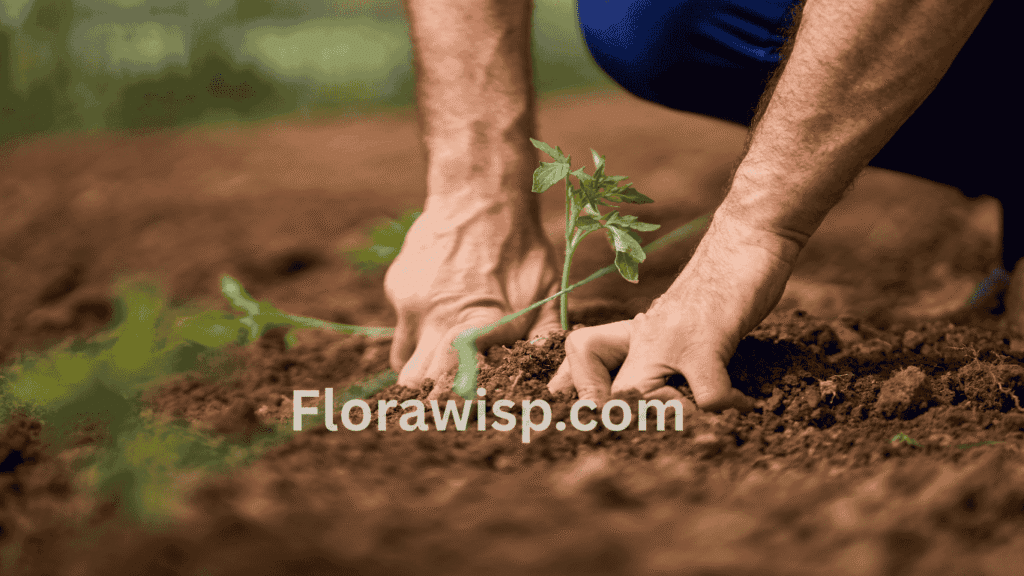
Tomatoes are a beloved choice for beginner gardeners because they’re both rewarding and forgiving. Start by choosing the right variety: Determinate tomatoes, such as ‘Roma’ or ‘Celebrity’, are compact and ideal for smaller spaces. Indeterminate types, like ‘Cherokee Purple’ or ‘Beefsteak’, grow taller and produce fruit over an extended period, perfect for larger gardens.
Support Systems:
Use sturdy cages or stakes early on to keep your plants upright and prevent fruit from touching the ground, which can invite rot and pests.
Consistent Watering:
Tomatoes thrive with deep, infrequent watering. Allow the topsoil to dry slightly between watering to encourage deep root growth.
Pro Tip:
With hands-on experience, I’ve discovered that mulching with straw or shredded leaves helps retain moisture, regulates soil temperature, and reduces soil-borne diseases. It’s a simple yet powerful practice I learned after my first tomato crop suffered from blossom end rot due to a calcium deficiency and inconsistent watering.
For beginners eager to start with cherry tomatoes, check out our cherry tomato planting guide.
5 Gardening Mistakes for Beginners and How to Avoid Them
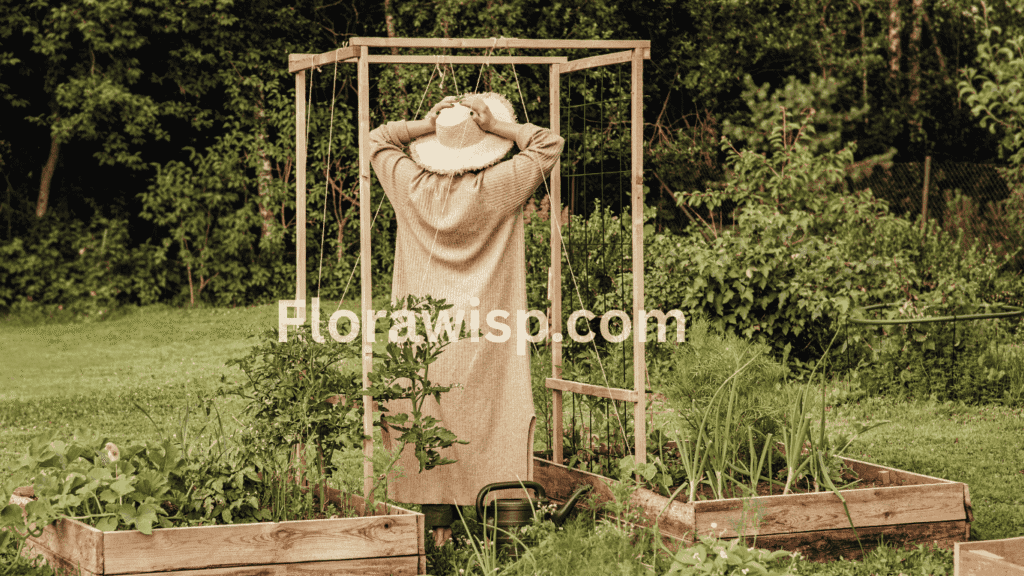
Starting your gardening journey can be exciting but also full of pitfalls. Based on my experience and common challenges many beginners face, here are the top five gardening mistakes and practical ways to avoid them:
- Overwatering or Underwatering Plants
Watering is crucial, but too much or too little can harm your plants. I once lost a batch of seedlings because I kept the soil soggy, leading to root rot.
Tip: Water deeply but infrequently, and always check soil moisture before watering. Using mulch helps retain soil moisture and reduces watering frequency. - Ignoring Soil Health and Preparation
Healthy soil is the foundation of a thriving garden. Early on, I underestimated soil testing and amendments. Conduct a simple pH test and add compost or organic matter to balance nutrients. For acidic or alkaline soils, specific amendments like lime or sulfur can make a huge difference. - Choosing the Wrong Plants for Your Climate or Space
I’ve seen beginners pick plants that just don’t thrive locally or indoors. Research plants suited for your region like tomatoes in Texas or succulents indoors and consider sunlight and space availability before planting. - Neglecting Pest Management
Ignoring early signs of pests can quickly damage your garden. Use natural pest deterrents like marigolds or neem oil, and inspect your plants regularly for any signs of infestation. - Lack of Consistency and Patience
Gardening requires regular care and patience. I learned that skipping days can stunt growth or cause stress to plants. Set a routine for watering, feeding, and pruning to help your garden flourish.
Avoiding these common mistakes will boost your success and enjoyment in gardening for beginners. Remember, each mistake is a learning opportunity: keep experimenting and growing your green thumb!
Essential Gardening Tools
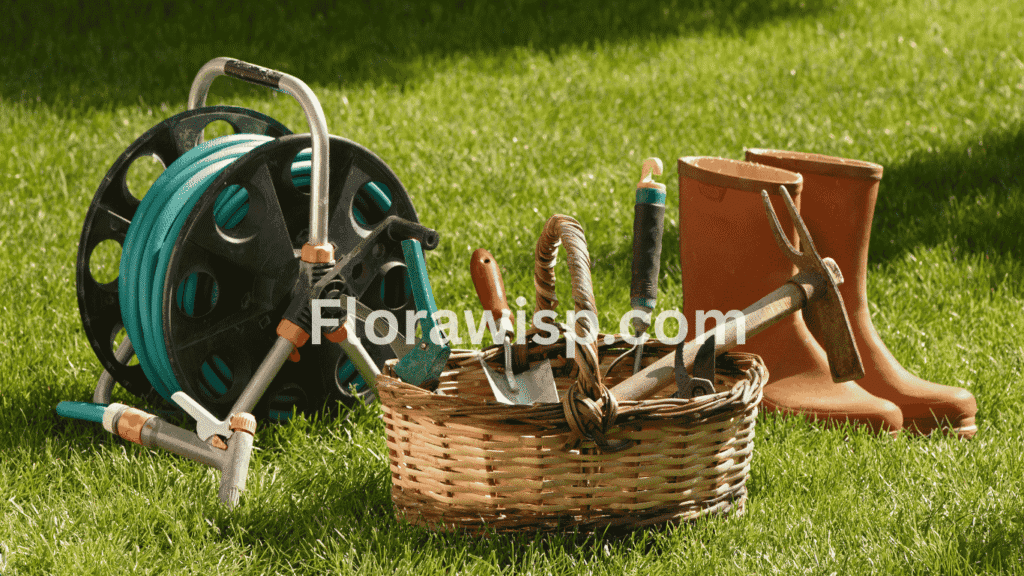
Equip yourself with basic tools:
- Gloves: Protect your hands from thorns and soil.
- Trowel: Ideal for planting and transplanting.
- Pruners: Keep plants tidy and encourage growth.
- Watering Can or Hose: Ensure efficient watering.
Investing in quality tools enhances your gardening experience and yields better results.
Conclusion
Gardening is a rewarding journey of patience and discovery. Start small, choose beginner-friendly plants, and stay consistent with care. Remember, even expert gardeners began as beginners every setback is a step toward success. A valuable tip: keep a gardening journal to track what works and what doesn’t; it helps you learn and improve each season. Stay curious, enjoy the process, and let your garden grow alongside your knowledge. Happy gardening and keep nurturing your green thumb! If you want to explore flower gardening in more detail, check out our step-by-step guide on How to Plant Flowers from Seeds.
References
Gardening for Beginners Guide by RHS
University of Florida IFAS Gardening Solutions
Gardener, M.Sc. Horticulture
Elara Bennet is a gardening writer from Austin, TX, passionate about sustainable lawns and blooms. Read full bio →

